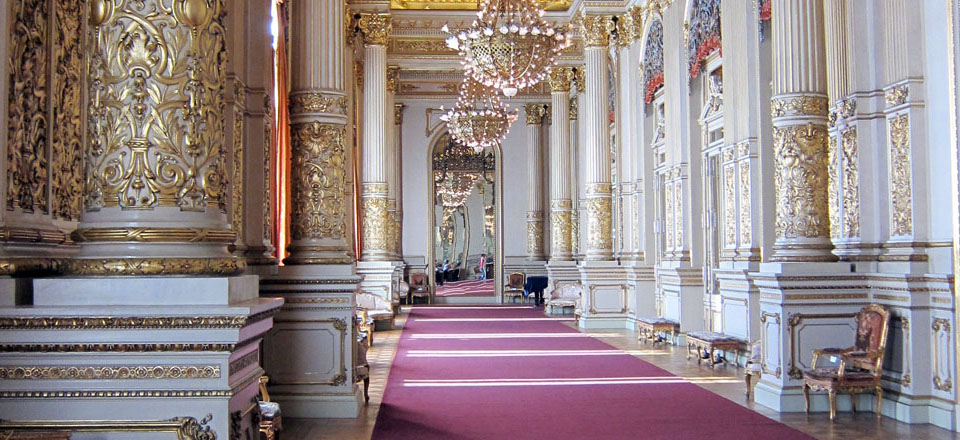Teatro Colón
By: Smith Schwartz |
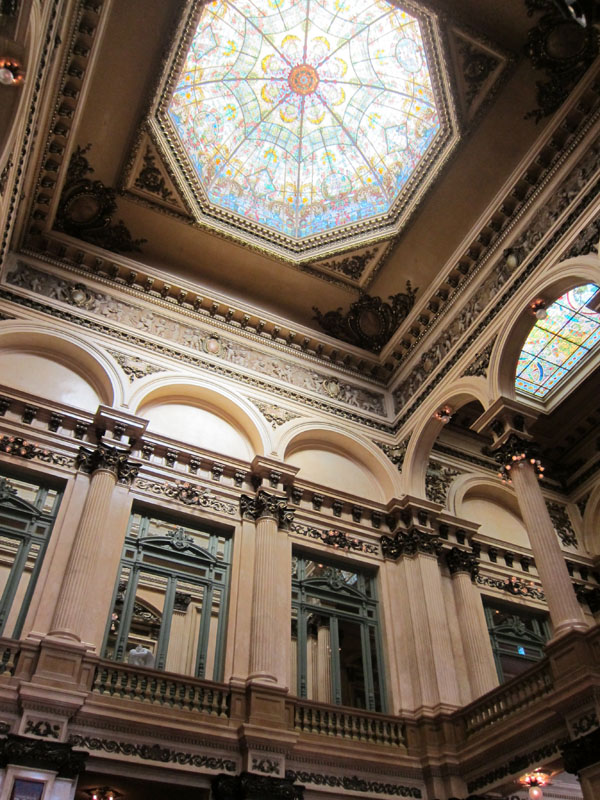
Even though we’ve been in Buenos Aires for almost 2 months (how is that possible?), we are still finding our way into some touristical activities. This week, we got to see the fabulous Teatro Colón. Unfortunately we’re here during the off-season, so there’s no going to see a show right now. But thanks to our wonderful tour guide, Azul (sorry Beyoncé, but you weren’t first), we got to see this wonderful building without the crowds of the thea-tah.
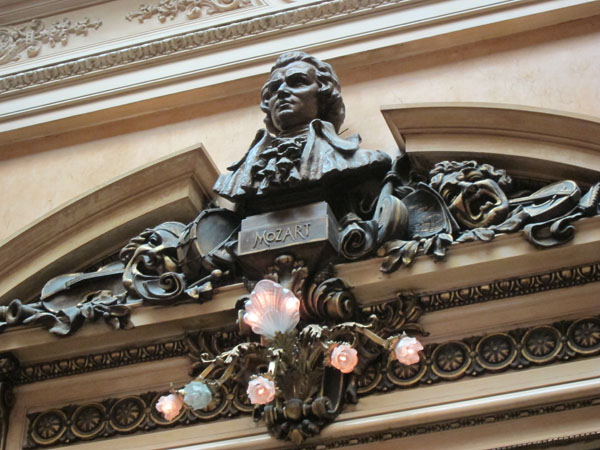
Teatro Colón was built during the turn of the 20th century. At this time, only the very (nouveau) rich were considered beautiful enough to be seen under harsh bulbs instead of the warm glow of a candle. (Also, electricity was new. And expensive.) Henceforth, all of the bulbs were positioned pointing down so that from the outside looking in, the scrubs would couldn’t afford a ticket would know for sure that the theater was lit by electricity, not candlelight.
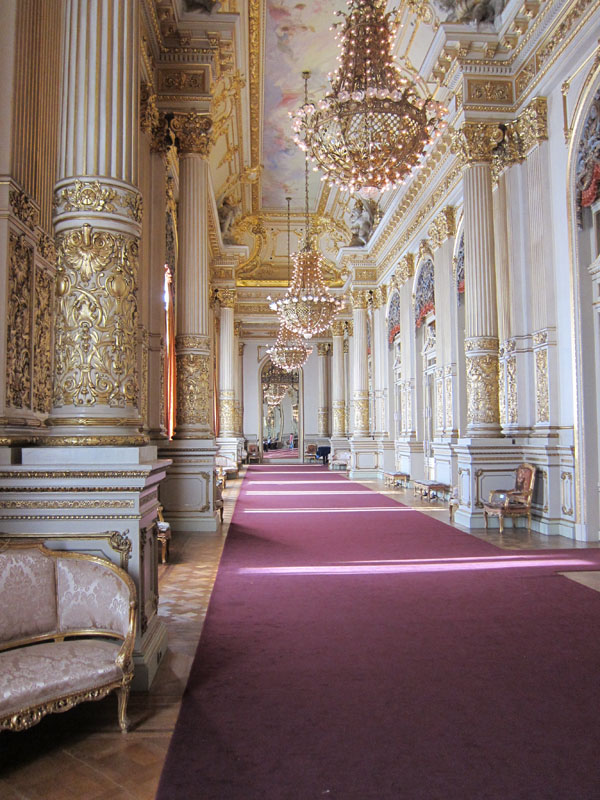
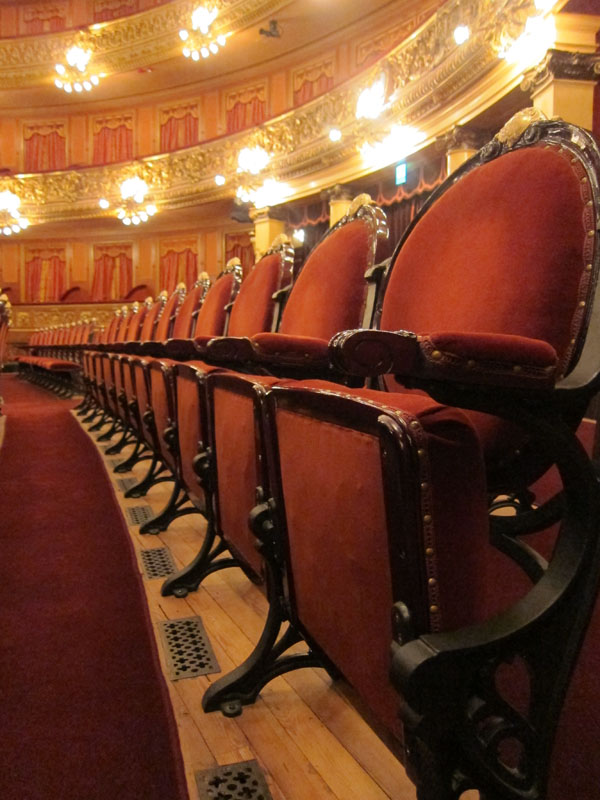
In the days before aire acondicionado, Buenos Aires was still blazing hot in the summertime. The solution? Giant blocks of ice were brought in and placed under the theater’s floors to cool the elite from underneath their petticoats. Unfortunately all of this moisture really did a number on the theater, leaving behind all kinds of mold, warped wood and peeling paint.
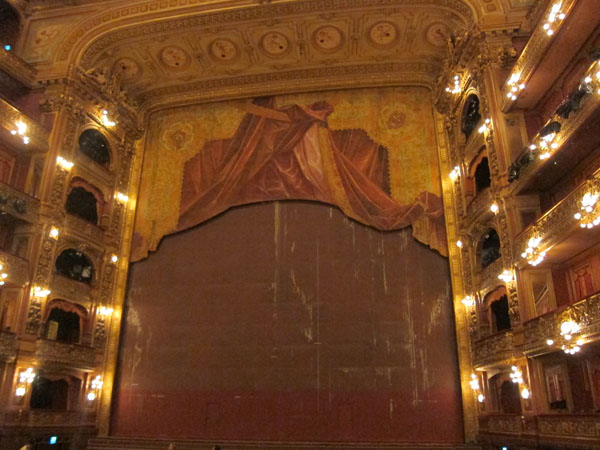
Because of this, and so many years of wear and tear, Teatro Colón has been undergoing extensive conservation. In fact, it just recently reopened for performances last year after being completely closed to the public for 4 years. The iron curtain seen here is original, and prevents any stage fires from reaching the plush auditorium.
On the right-hand side of the photo on the bottom is the President’s box, should she choose to attend (she hasn’t, yet). This box is strategically placed here not so that the President can have a great view of the show, but so that the people can have a great view of the President.

There are seats for over 2400, and standing room for 1000. Interestingly, the least expensive seats are said to be where one can really hear the music at its best. Even those who can afford a front row spot are often seen standing in the nosebleeds, listening with finely trained ears.
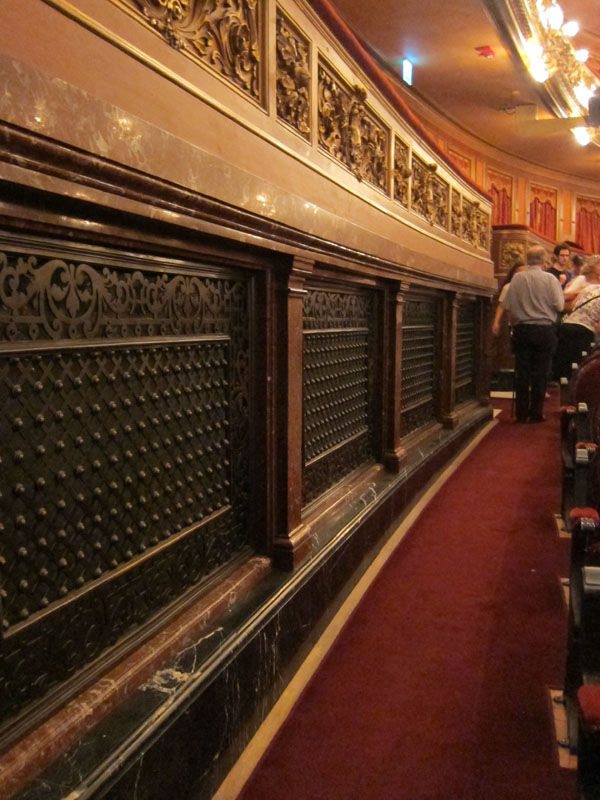
These blacked-out grates on the left are the widow boxes. Since widows were not allowed to be seen in public having fun for up to two years after their husband’s death, they had to listen from below, away from public view. Rumor has is that because of all this privacy, this became a great place to bring a gentleman caller long before it was publicly acceptable.
